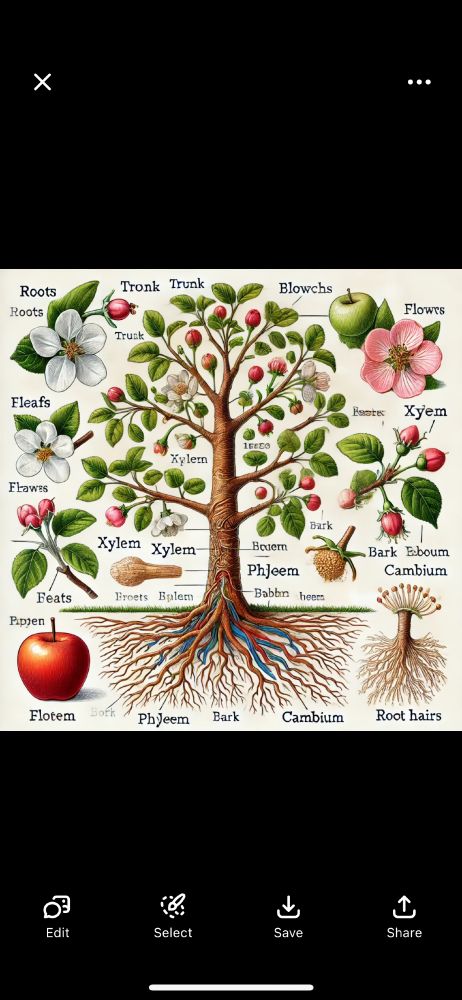Reposted by: Lawren Sack, Ankur R. Desai, Matthias Cuntz
Reposted by: Lawren Sack
by Ian J. Wright — Reposted by: Lawren Sack

by Ian J. Wright — Reposted by: Lawren Sack
by Lawren Sack

by Lawren Sack
Reposted by: Lawren Sack
Learn more: wp.me/pdRZhH-m3g
#Botany #PlantScience 🧪

Reposted by: Lawren Sack
Led by @schwilk.org, with @azhar06.bsky.social @ecologybrad.bsky.social @rachaelnolan.bsky.social @alefidelis.bsky.social @ioliverasmenor.bsky.social @dendromecon27.bsky.social @profalistairsmith.bsky.social
bsapubs.onlinelibrary.wiley.com/doi/10.1002/...
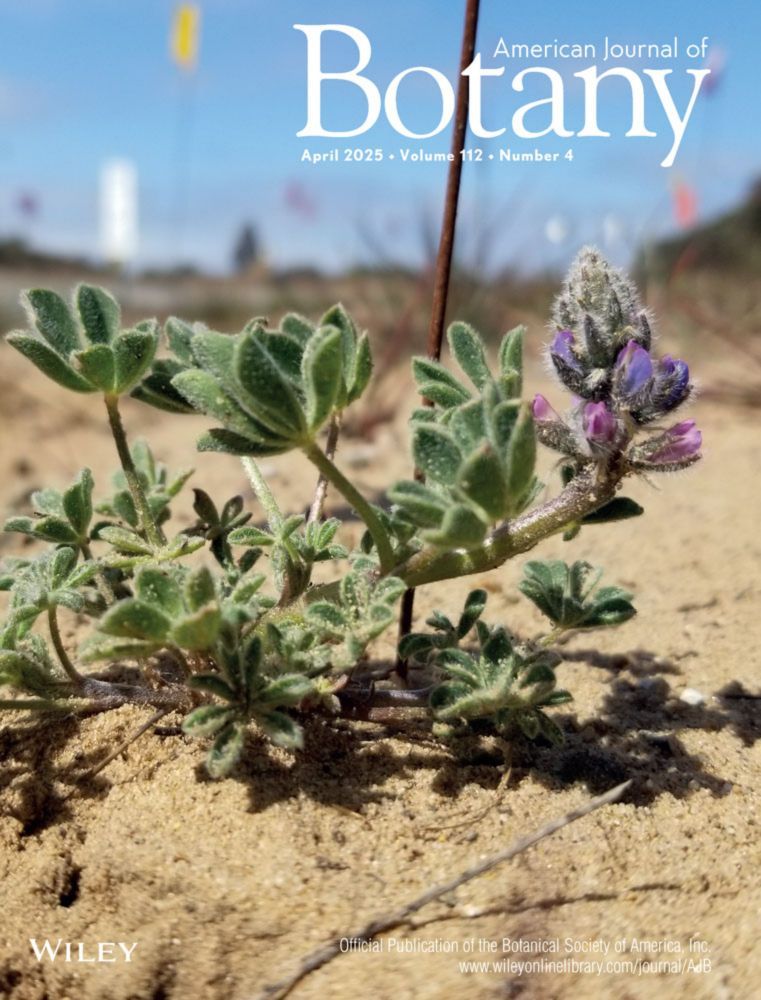
Reposted by: Lawren Sack

Reposted by: Lawren Sack
New #AJB research by Claudia Richbourg, Lily Jackson, Kevin Chamberlain, Ian Miller, Kirk Johnson & Ellen Currano
doi.org/10.1002/ajb2... #botany #plantscience #paleobotany
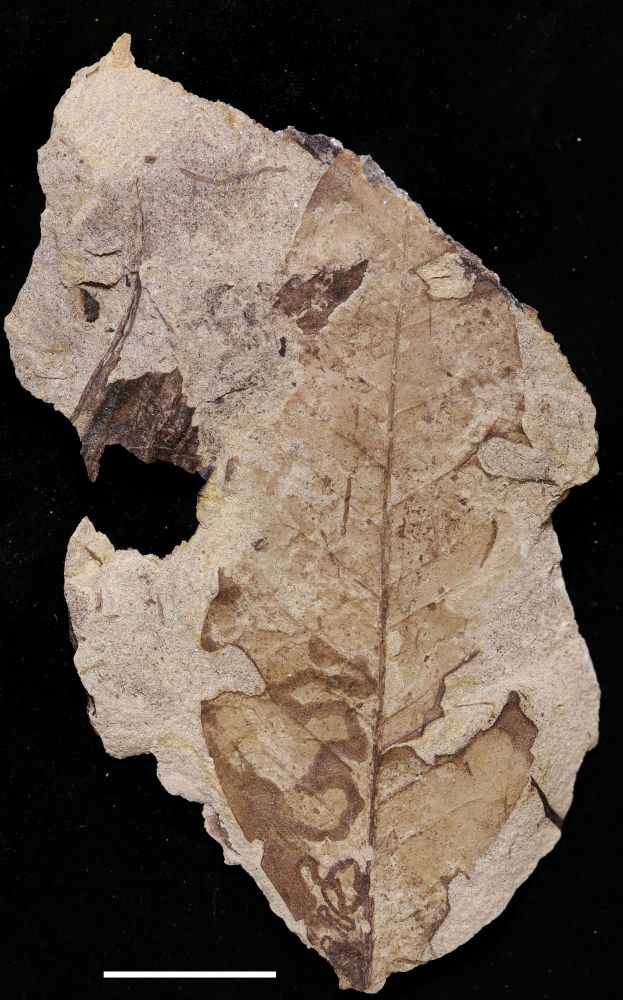
Reposted by: Lawren Sack
Reposted by: Lawren Sack, Jane K. Hill
Here, an oak forest stand from the North of France, with a dense understory. Voxelised with AMAPVox @umramap.bsky.social, from our terrestrial lidar scans!
@jonlen.bsky.social #EDYSAN @terschki.bsky.social

by Lawren Sack
by Lawren Sack
Reposted by: Lawren Sack

Reposted by: Lawren Sack
Reposted by: Lawren Sack

Reposted by: Lawren Sack
New #AJB research by Blair Young, Barbara Thiers, James White, & Lena Struwe
bsapubs.onlinelibrary.wiley.com/doi/10.1002/... #botany #plantscience

Reposted by: Lawren Sack
buff.ly/iok0dnU

Reposted by: Lawren Sack
by Lawren Sack
@nathanjbkraft.bsky.social

by Lawren Sack
Reposted by: Lawren Sack
by Lawren Sack — Reposted by: Sylvain Delzon
t.co/EFgmQo1qWy
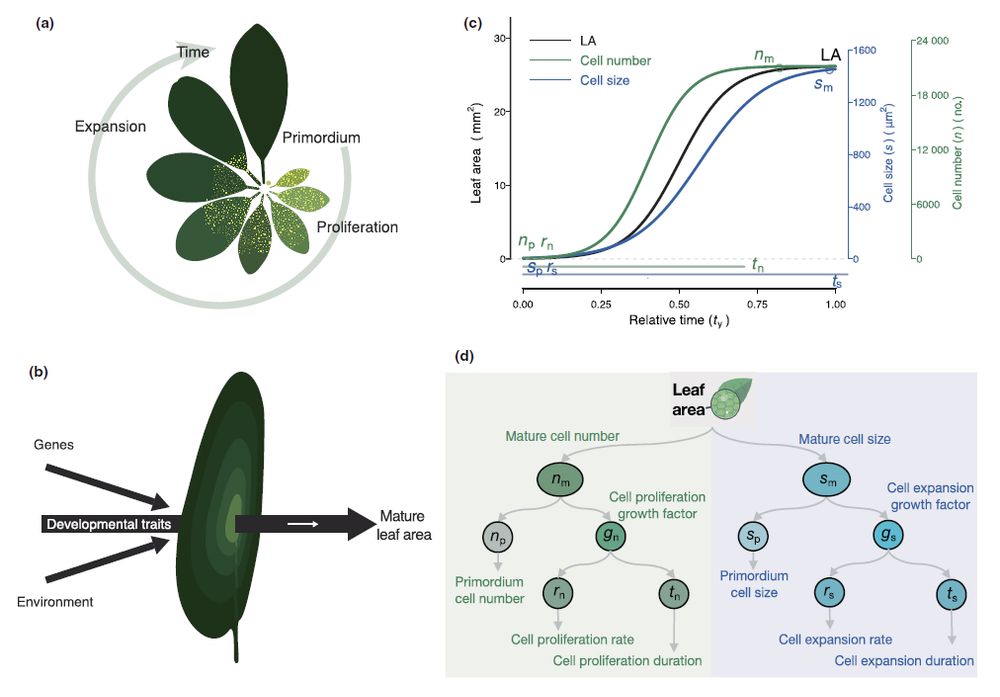
by Lawren Sack
by Lawren Sack
Reposted by: Lawren Sack, Mak A. Saito
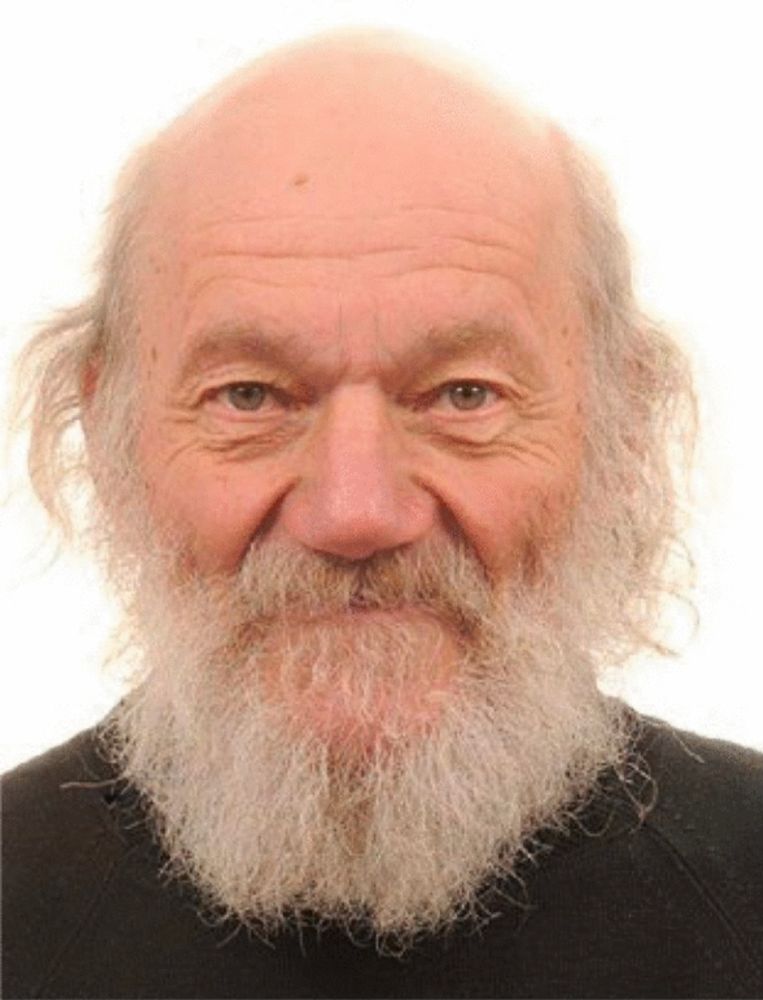
Reposted by: Lawren Sack
New #AJB research by Mary Van Dyke & Nathan Kraft
doi.org/10.1002/ajb2... #botany #plantscience #globalchange
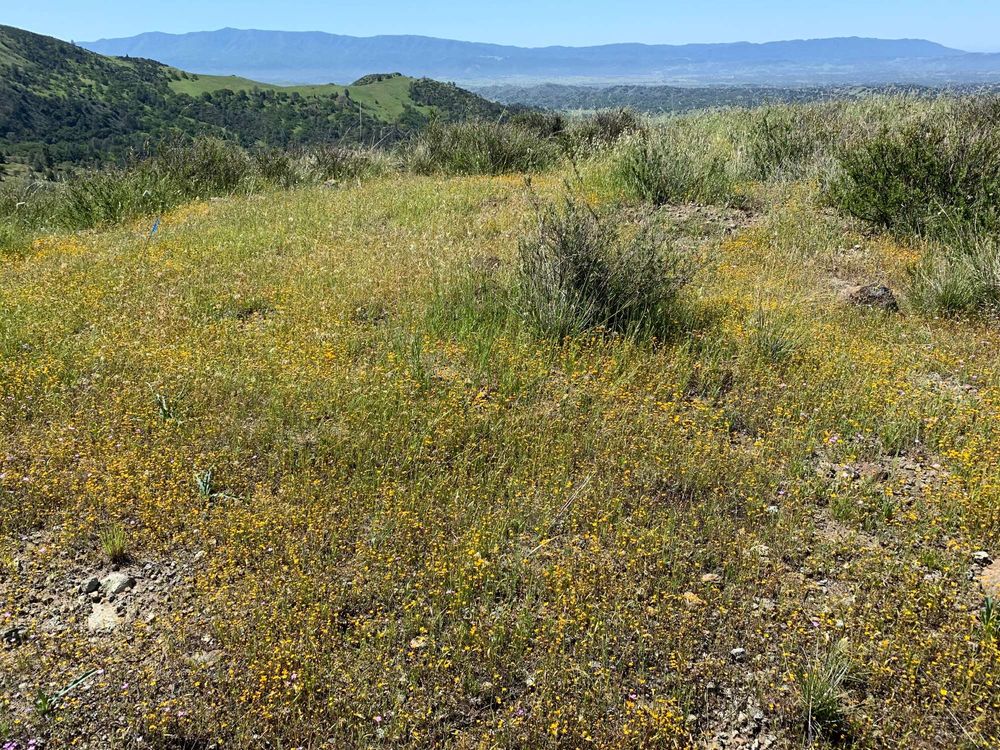
Reposted by: Lawren Sack
Get the Paper:
Reposted by: Lawren Sack
Little River, Great Smoky Mountains National Park

